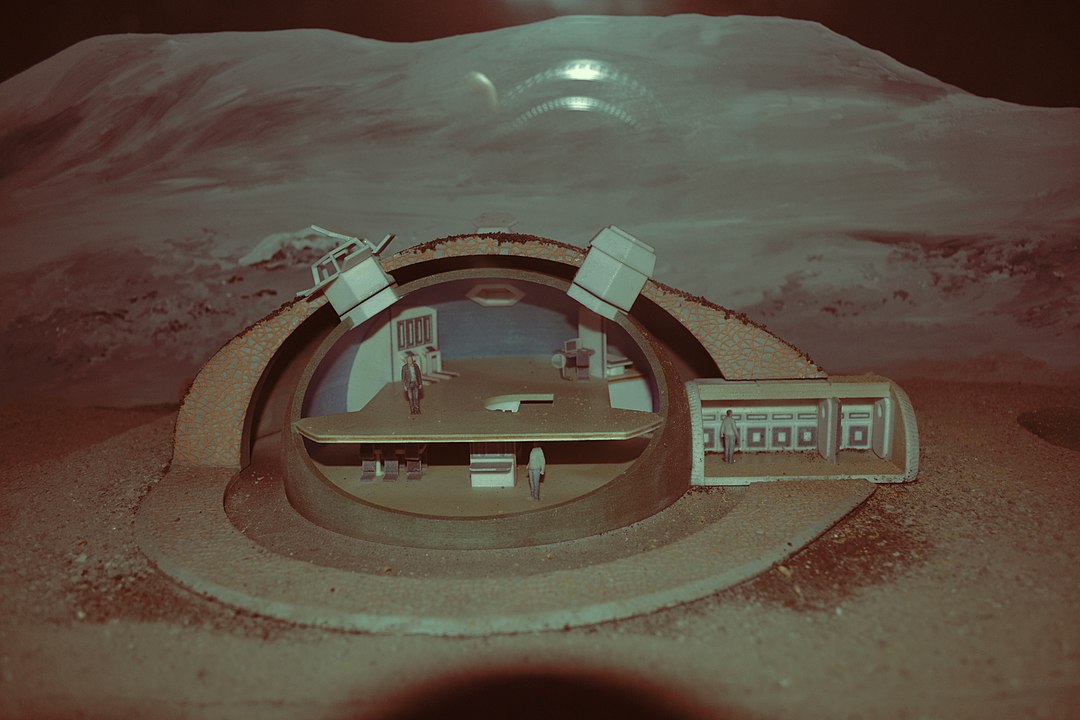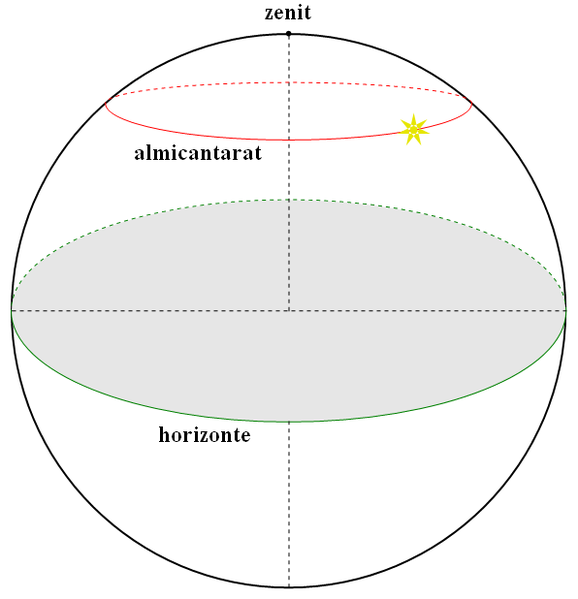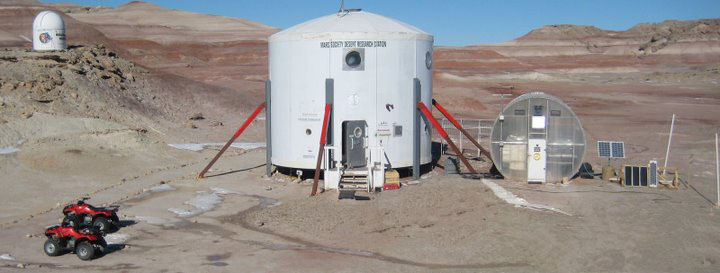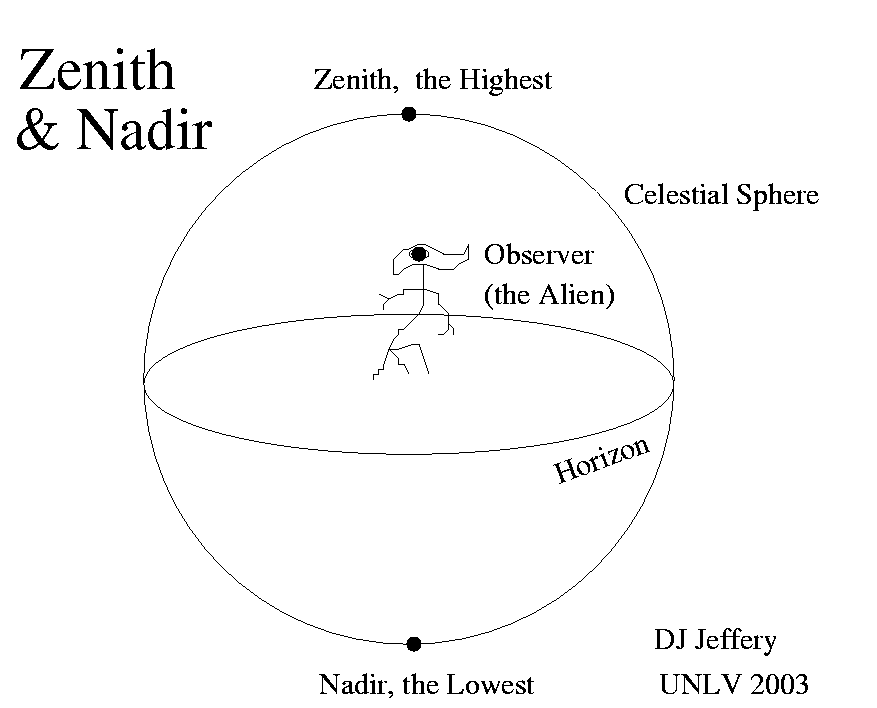Dictionary of Space Concepts
What is the Dictionary of Space Concepts?
The Dictionary of Space Concepts (DSC) is a project by UNIVERSEH – the European Space University of Earth and Humanity. Starting in 2020, this Alliance of five European Universities decided to launch an online dictionary dealing with terms and concepts related to space sciences. It should be created and used by students, lecturers, researchers and citizens alike.
After an initial planning phase, the DSC was published in spring 2022. It opens up several opportunities for all members of the UNIVERSEH Alliance and interested citizens to contribute to the content of the DSC.
In our course "Terms and Concepts of Space" (to the registration) , students learn how to write a dictionary article and later on contribute several entries to the DSC. Students and other members of the UNIVERSEH Alliance can also submit articles for the DSC via an entry in here . Interested citizens can contribute in this entry platform.
Once submitted, these articles are reviewed by UNIVERSEH Alliance staff and, if necessary, edited before their publication in the Dictionary.
In this way, the DSC is a dynamic project that is constantly expanding in content and quality through constant contributions from students, staff and citizens.
Currently sorted By last update ascending Sort chronologically: By last update
Moon Base | |||
|---|---|---|---|
 By SpaceMusk - Own work, CC BY-SA 4.0, https://commons.wikimedia.org/w/index.php?curid=76817044 Short Definition: A Moon Base is a type of facility on the surface of the moon, that could help us building up a colony on the moon.It could be the next frontier on our endeavour to become intergalactic and it could be a steppingstone to regions, that are not feasibly reached by spacecraft from earth, or it could become a centre for industry. In this way we could outsource industry or practices, that are not likely to become CO2-neutral soon. Detailed Definition:
A Moon Base is a type of facility on the surface of the moon, which enables human activity on the moon. As China and USA chose the same locations for their proposed moon bases, it could lead to the next smaller space race to the moon, only this time the mission would be to stay on it and to leave a small team to colonize the moon. Ice from the poles could be melted to get Water and this in turn could be split by electrolysis to hydrogen and oxygen, which are the main ingredients for liquid rocket fuel. The moon base could be used as a steppingstone to far distances because the rocket fuel needed to transport cargo from the moon is much lower than the earth due to the decreased escape velocity. So, a moon base could be used as a stopover to other proposed ideas like asteroid mining or it could help the Mars base. To justify the high investment costs, the moon base needs to be economically viable sooner rather than later. The mining of important resources like aluminium, titanium, and helium -3, which is used to fuel fusion reactors, could be helpful, if it proves to be economically and ecologically viable. A few suggestions could make this project much more autonomous by producing living soil from lunar regolith and mixing the moons soil, regolith and a plant-based glue to produce a 3D-printing material, which will prove to be absolutely essential for this kind of project. Etymology:
Moon from Old English mōna Base from Latin basis and from Ancient Greek βάσις (básis) Sample Sentence(s):A Moon base could help with making fusion reactors more efficient, by having a higher abundance percentage of Helium-3, which is used as a fuel in those reactors. If a Moon base can prove to become autonomous, we could outsource some of our CO2- intensive industries to the moon, if it also proves to be economically viable French:base lunaire German: Mondbasis Polish: baza księżycowa Swedish: månbas Links to Videos/Articles: https://www.youtube.com/results?search_query=moon+base https://en.wikipedia.org/wiki/Moonbase https://www.nasa.gov/feature/goddard/2021/nasa-s-artemis-base-camp-on-the-moon-will-need-light-water-elevation/ | |||
Nebula | |||
|---|---|---|---|
 Source : Kirk, A. (2015, April 25). The Mighty Orion Nebula from New Zealand. flickr. https://www.flickr.com/photos/67481624@N05/17243621226 Short Definition: Any kind of giant cloud that includes miscellaneous gas and dust; especially hydrogen, cosmic dust, and helium located in outer space. Detailed Definition: As the basic components of galaxies, nebulae were stars before they formed. During the formation phase of these stars, the gases released into space initiate a fusion reaction with hydrogen atoms and form the foundations of a new star. Thus, the universe continues to expand. Etymology: Ancient Greek (νεφέλη - nephélē): Cloud Sample Sentences: 'Today the term nebula generally refers exclusively to the interstellar medium.' 'A nebula that is visible to the human eye from Earth would appear larger, but no brighter, from close by.' Translations of Terms/Concepts into Partner Languages: French: Nébuleuse Italian: Nebulosa German: Nebel Polish: Mgławica Turkish: Nebula Links to Videos/Articles: https://spacecenter.org/what-is-a-nebula/ https://spaceplace.nasa.gov/nebula/en/ https://www.space.com/nebula-definition-types https://www.britannica.com/science/nebula | |||
Neil Armstrong | ||
|---|---|---|
 Short
Definition
After earning a degree in aeronautical engineering from Purdue University in 1955, Armstrong began working as a civilian research pilot for the organization that would later evolve into the National Aeronautics and Space Administration (NASA). In 1962, Armstrong joined NASA's space program and 7 years later, on July 20, 1969, he made history by stepping onto the surface of the moon, saying his iconic words, "That's one small step for [a] man, one giant leap for mankind." Following this achievement, Armstrong resigned from NASA in 1971. He then dedicated himself to teaching in the Department of Aerospace Engineering at the University of Cincinnati until 1979. He passed away in 2012 at the age of 82.
Etymology Sample Sentence(s) "Neil and Buzz's footprints will be on the Moon for millions of years, because there is no wind to blow them away.” Who was Neil Armstrong? (2022). BBC Bitesize. https://www.bbc.co.uk/bitesize/topics/zhpchbk/articles/z4w3mfr
Links to Videos/Articles:
● Who was Neil Armstrong? (2022). BBC Bitesize. https://www.bbc.co.uk/bitesize/topics/zhpchbk/articles/z4w3mfr ● Britannica, T. Editors of Encyclopaedia (Invalid Date). Neil Armstrong. Encyclopedia Britannica. https://www.britannica.com/biography/Neil-Armstrong ●
NTD. (2012, August 25). Neil Armstrong - First Moon Landing 1969
[Video]. YouTube. ● Banijay History. (2018, October 10). First Man on the Moon: The Real Neil Armstrong | History Documentary | Reel Truth History [Video]. YouTube. https://www.youtube.com/watch?v=fXTML_0DBDM | ||
Neptune | ||
|---|---|---|
 Short
Definition
Sample Sentence(s)
Translations of Terms/Concepts into Partner Languages
French
Additional Translations of Terms/Concepts into Other Lang... Dutch Neptunus Turkish Neptün Spanish Neptuno Links to Videos/Articles: ● Miner, E. D. (Invalid Date). Neptune. Encyclopedia Britannica. https://www.britannica.com/place/Neptune-planet · Moses, J. A., Cavalié, T., Fletcher, L. N., & Roman, M. R. (2020). Atmospheric chemistry on Uranus and Neptune. Philosophical Transactions of the Royal Society A, 378(2187), 20190477. https://doi.org/10.1098/rsta.2019.0477 ● In Depth | Neptune – NASA Solar System Exploration. (n.d.). NASA Solar System Exploration. https://solarsystem.nasa.gov/planets/neptune/in-depth/ ● National Geographic. (2019, March 28). Neptune 101 | National Geographic [Video]. YouTube. https://www.youtube.com/watch?v=NStn7zZKXfE ●
Astrum. (2016, October 13). Our Solar System’s Planets: Neptune [Video].
YouTube.
| ||
Nicolaus Copernicus | ||
|---|---|---|
 https://commons.wikimedia.org/wiki/Nicolaus_Copernicus#/media/File:Nikolaus_Kopernikus.jpg Author : Unknown Year: (n.d.) Title: Nicolaus Copernicus Description: Portrait of Nicolaus Copernicus Retrieved Date: May 29, 2023, from https://commons.wikimedia.org/wiki/File:Nikolaus_Kopernikus.jpg
Definitions
Etymology Sample Sentence(s) 1. Before Nicolaus Copernicus published his heliocentric theory, people generally agreed that the Moon and the Sun orbited the motionless Earth and that Mars, Jupiter, and Saturn were beyond the Sun in that order. Author : Britannica Year: (n.d.) Title: Nicolaus Copernicus Source: Encyclopedia Britannica Retrieved Date: May 29, 2023, from https://www.britannica.com/biography/Nicolaus-Copernicus
Translations of Terms/Concepts into Partner Languages French German Italian Polish Swedish Additional Translations of Terms/Concepts into Other Lang... Russian : Николай Коперник Links to Videos/Articles: http://news.bbc.co.uk/2/hi/europe/7740908.stm Author : BBC News Year: 2008 Title: Poland honours Copernicus Source: BBC News Retrieved Date: May 29, 2023, from http://news.bbc.co.uk/2/hi/europe/7740908.stm https://www.britannica.com/biography/Nicolaus-Copernicus
| ||
Orbit | |||
|---|---|---|---|
 Image Source: MS Paint (2023, May 25). MS Paint Illustration of orbits. ms paint. ms paint Short Definition: https://www.youtube.com/watch?v=6cUe4oMk69E&list=TLGG8tIphgpDAHkxMzA0MjAyMw&t=1s | |||
Additive manufacturing | ||
|---|---|---|
DefinitionsShort Definition Detailed Definition Etymology Sample Sentence(s)Extensive use of additive manufacturing in aerospace industry will result in more frequent launches, as this technology greatly shortens the expenses. The most common and well-known example of additive manufacturing is 3-D printing models from melted plastic. Translations of Terms/Concepts into Partner LanguagesFrench la fabrication additive German Italian Polish Swedish Additional Translations of Terms/Concepts into Other LanguagesRussian аддитивное производство Ukrainian Links to Videos/Articles:2. Additive manufacturing, explained | MIT Sloan. (2017b, December 7). MIT Sloan. Retrieved [ 06.14.2023 ], from https://mitsloan.mit.edu/ideas-made-to-matter/additive-manufacturing-explained 3. SAE Media Group. (2020, January 17). 3D Printing and Space Exploration: How NASA Will Use Additive Manufacturing. Tech Briefs. Retrieved [ 06.20.2023 ], from https://www.techbriefs.com/component/content/article/tb/stories/blog/35871 | ||
Almucantar | ||
|---|---|---|
Media DefinitionsAlmucantar (also known as almucantarat, almacantara) is a circle of the celestial sphere parallel to the horizon. Stars belonging to the same almucantar have the same altitude. Detailed Definition
Almucantar is commonly defined by the arc on the celestial sphere, characterized by the zenith angle, which represents half of its angular magnitude. The almucantar plane refers to a plane within the celestial sphere that is formed by the almucantar. A solar almucantar specifically denotes an almucantar plane used for measuring the irradiance of the Sun. Etymology
From French almucantarat, from Arabic almuqanṭarāt"circles of celestial latitude" , from qanṭara"arch" Sample Sentence(s)The Sun and the Moon seized their almucantar and remained there for a moment, dividing the world into day and night.
Translations of Terms/Concepts into Partner LanguagesFrench
l'almicantarat German
der Almukantarat Italian
l’almucantarat Polish
almukantar, almukantarat Swedish
almicantarat Additional Translations of Terms/Concepts into Other LanguagesRussian
альмукантарат
Ukrainian
альмукантарат
Links to Videos/Articles:The Editors of Encyclopaedia Britannica. (1998a, July 20). Almucantar | astronomy. Encyclopaedia Britannica. Retrieved [ 06.14.2023 ], from https://www.britannica.com/science/almucantar | ||
Analog habitat | |||
|---|---|---|---|
 Mars Desert Research Station - an analog habitat in the middle of a desert in Utah Source: Wikipedia An analog habitat is a facility that is set up to imitate martian or lunar conditions on earth. Detailed Definition: An analog habitat is a base meant to simulate a space habitat or colony. It is designed to test and study the feasibility of living in such a habitat. Analog habitats are used to test technologies and systems that could be used in a real space habitat, and to study the psychological and social effects of living in a closed environment without the risks and cost of an actual space mission. Etymology: From Latin habitō (“I live or I dwell”). Sample Sentence(s): An analog habitat was set up in the middle of a desert. Translations: French: habitat analogique German: analoger Lebensraum Polish: habitat analogowy Swedish: analog livsmiljö Links to Videos/Articles: https://www.sciencedirect.com/science/article/pii/S2352309321000018 | |||

